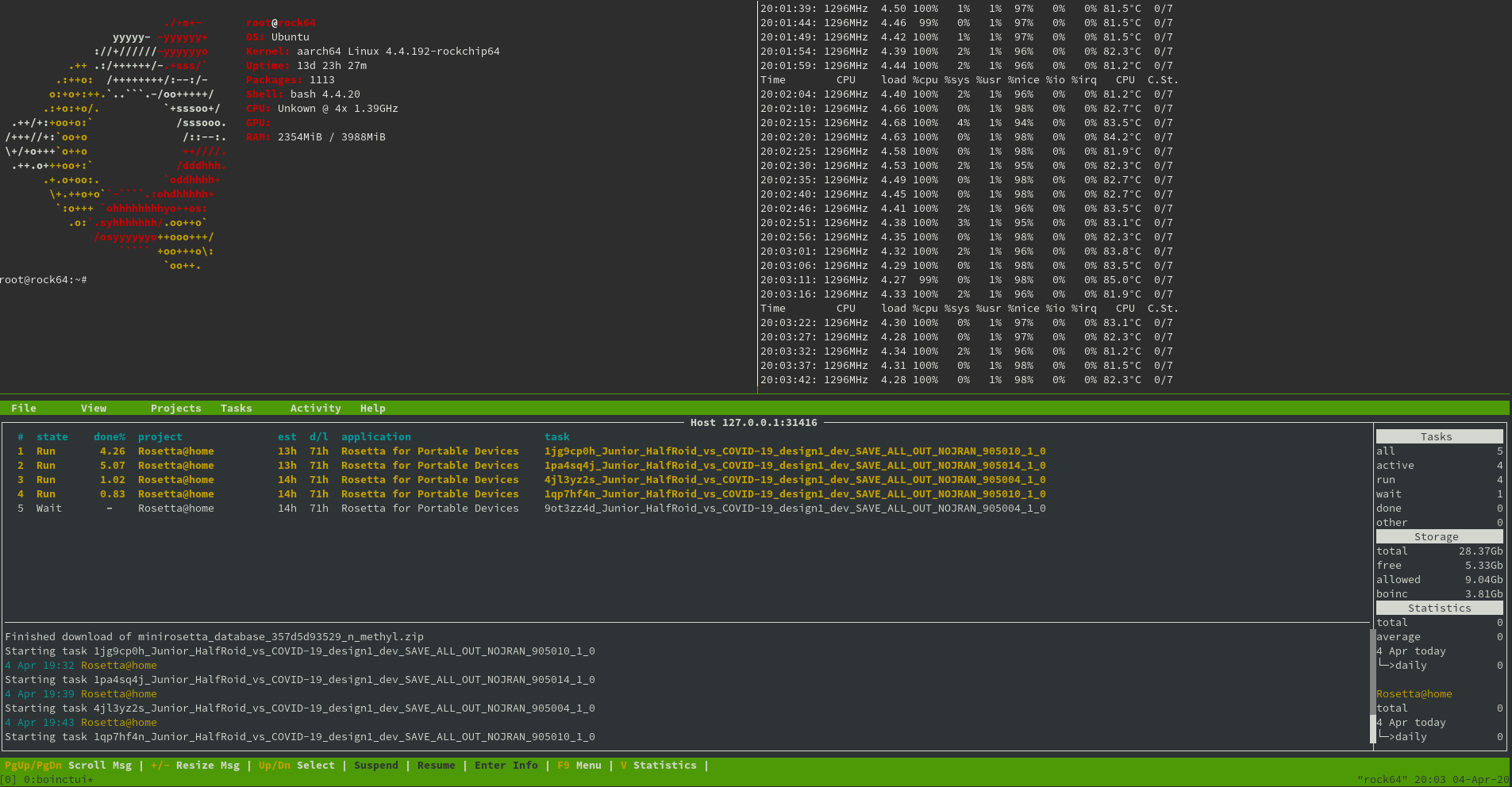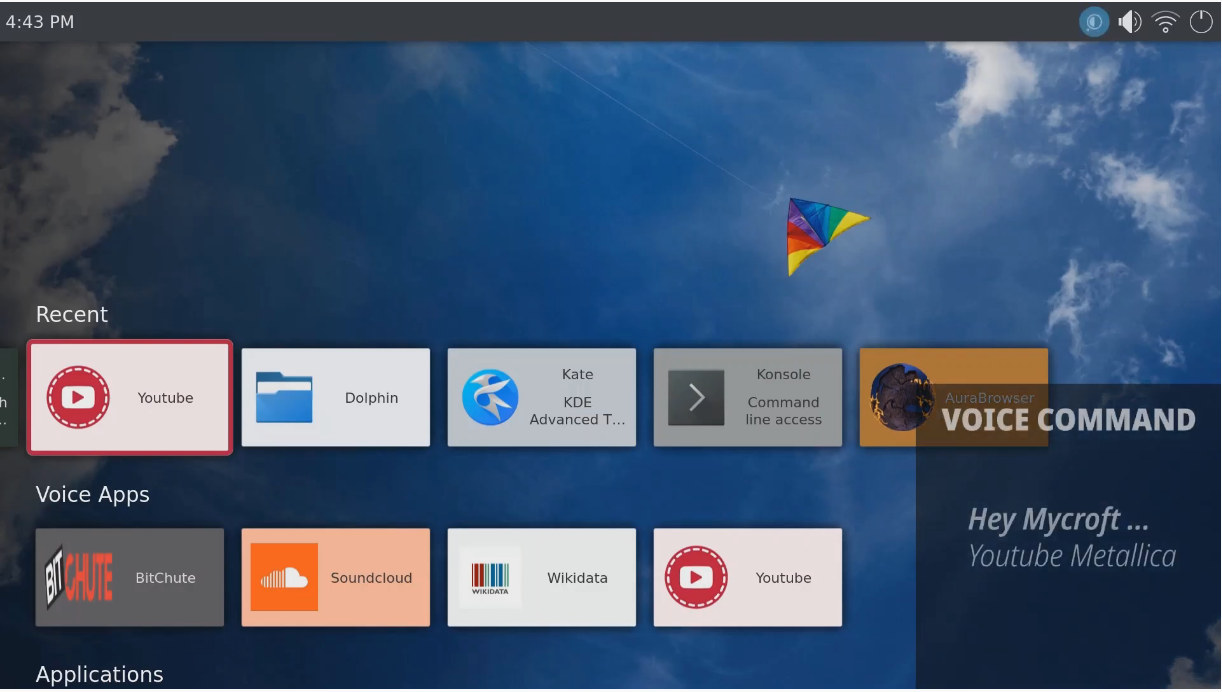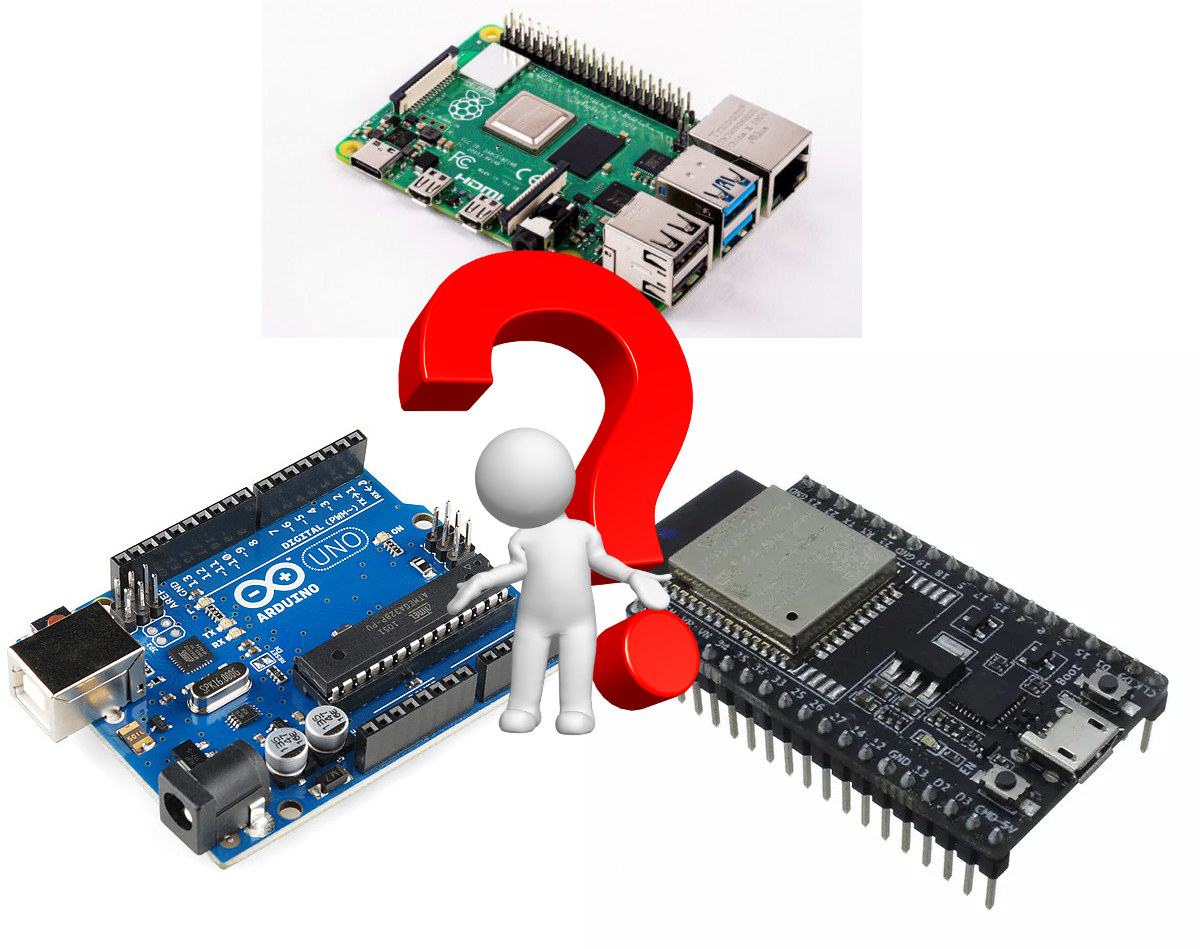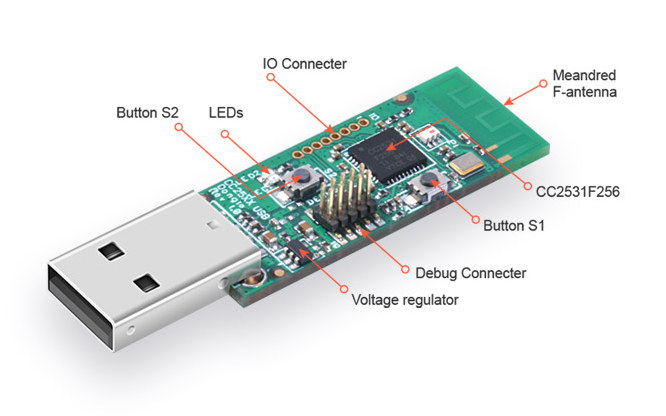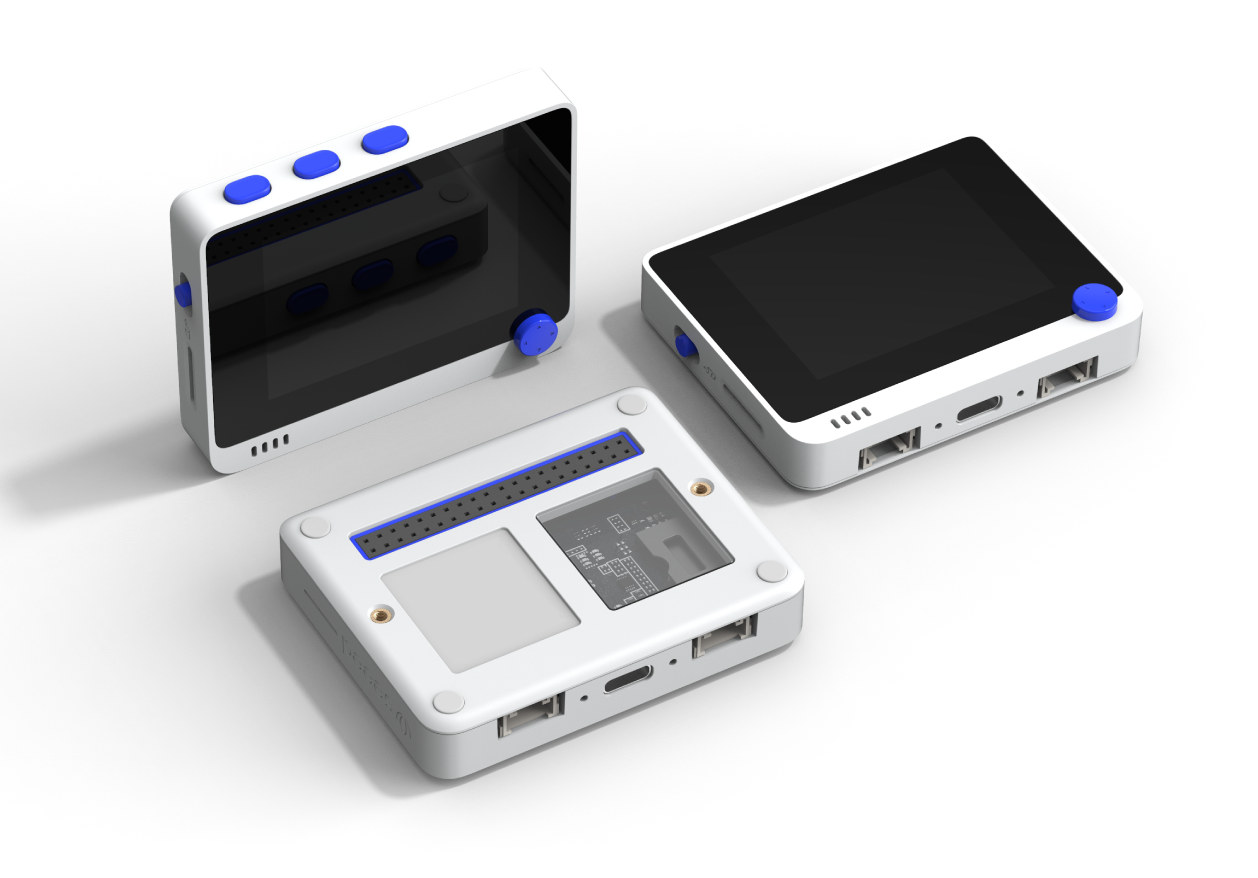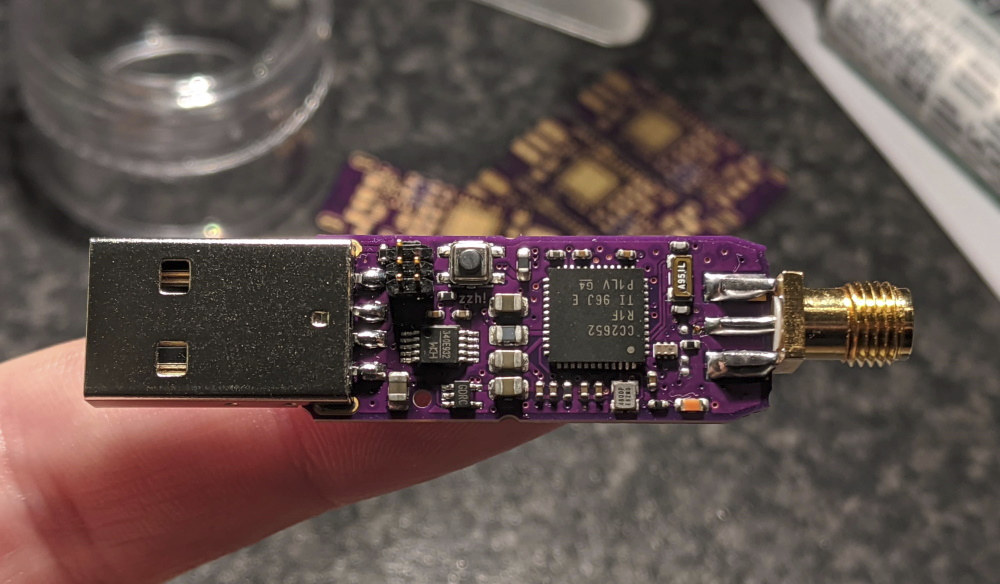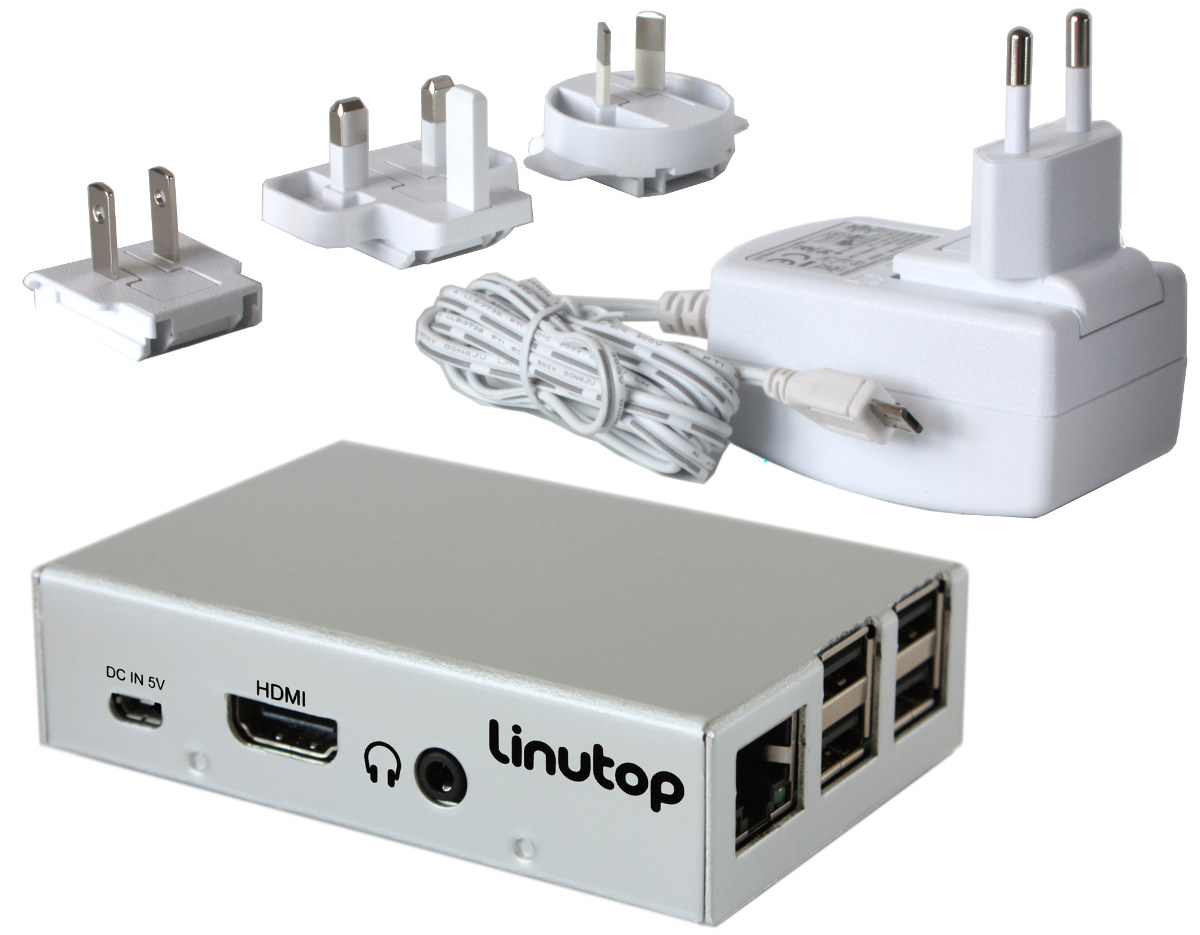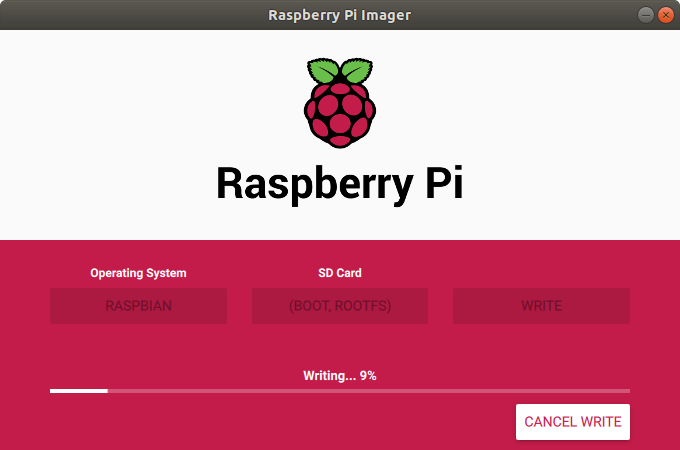Folding@Home and Rosetta@Home projects aim to perform biomedical research using the computing power of volunteers. Basically, you just need to install a program on your computer, and it will use idle computing power to perform complex calculations without slowing down your computer as long as you are not short in RAM. The projects are now working on COVID-19 to understand how SARS-CoV-2 protein is structured which could help find a cure. The programs have been available for Windows, Linux and Mac OS on 32-bit and 64-bit x86 targets for years, but very recently Rosetta@Home has been made available for 64-bit ARM targets so people can also run BOINC program on Arm Linux SBCs such as Raspberry Pi 4, NVIDIA Jetson Nano, or Rock64, or even powerful Arm servers to help with Rosetta@Home project’s COVID-19 research. As explained in an article on miniNodes, you’ll need a board with at least 2GB […]
KDE Plasma Bigscreen for TVs and TV Boxes Offers a Linux Alternative to Android TV
KDE Plasma is a desktop environment initially developed for Linux Desktop PC or SBCs, but that’s also available on Linux phones with Plasma Mobile (previously known as Plasma Active). The developers have now decided to work on a version for the big screens with Plasma Bigscreen suitable for TVs and TV boxes and offering an open-source, Linux-based alternative o Android TV. Plasma Bigscreen is community supported, completely free and open-source, and offers an interface fairly similar to Android TV launcher. It is optimized for IR remote control use including (experimental) CEC support, as well as voice control through MyCroft open-source AI & voice assistant and Bluetooth or RF remotes with a built-in microphone such as WeChip G20 or W2, or a USB microphone. By default, Plasmas Bigscreen connects to Mycroft’s Home server, which uses Google’s STT (Speech to text) sending anonymized utterances to Google, but it’s also possible to switch […]
Know the Differences between Raspberry Pi, Arduino, and ESP8266/ESP32
CNXSoft: This is a guest post written in collaboration with SurfShark. When it comes to choosing a platform for STEM education or hobbyist projects, there are a number of low-cost, compact maker boards on the market. The most popular include the kid-friendly Raspberry Pi SBC that was designed with children in mind, Arduino boards for electronics projects, and more recently boards and modules based on EspressifESP8266 and ESP32 wireless SoC’s. In this post, we’ll look at the use cases and strong points for each of the boards whether you are just dabbling in the hobby of coding and DIY electronics, or you have a commercial project. Raspberry Pi The Raspberry Pi is a lineup of single-board computers (SBCs) that are from the UK and were first introduced in February 2012. These small computers were initially designed to teach students the basics of computer science, but they’ve found their way into […]
$4 ITEAD CC2531 Zigbee USB Dongle Works with Zigbee2MQTT Out of the Box
Some of ITEAD Studio’s Sonoff home automation devices include Zigbee connectivity with for instance Sonoff BASICZBR3 smart switch or a version of Sonoff S31 smart socket with integrated Zigbee. Those devices usually work via a Zigbee enabled gateway that could be a router, Raspberry Pi SBC, or mini PC, which ITEAD did not offer so far. But to help people making their own Zigbee gateway the company is now selling a low-cost ($3.99) CC2531 USB dongle preloaded with CC2531ZNP-Prod firmware (Zigbee coordinator firmware), and compatible with Zigbee2MQTT open-source Zigbee to MQTT bridge once plugged into a PC, Raspberry Pi, or another Linux SBC. ITEAD CC2531 Zigbee USB dongle specifications: MCU – Texas Instruments CC2531F256 Zigbee and IEEE 802.15.4 wireless MCU with 8kB RAM, 256kB Flash pre-loaded with CC2531ZNP-Prod firmware for zigbee2mqtt application Host Interface – USB 2.0 male port Expansion – 8-pin unpopulated header with 8 I/Os Debugging – Debug […]
Wio Terminal Features Microchip SAMD51 MCU, Dual-Band WiFI & Bluetooth WiFI, and 2.4″ LCD
Microchip SAM D5x Arm Cortex-M4 microcontrollers were introduced in 2017, and the next year we started to see Arduino or MicroPython compatible board brought to market including Adafruit Metro M4 or Tachyon boards. Seeed Studio has now introduced its own Arduino & MicroPython compatible SAMD51 platform with Wio Terminal also integrating an RTL8720DN dual-band WiFi 4 and Bluetooth 5.0 chip, and 2.4″ LCD display. There are also Grove connectors to add sensor modules, and a 40-pin header to use the device like a Raspberry Pi HAT. Wio Terminal features and specifications: MCU – Microchip SAMD51 (ATSAMD51P19) Arm Cortex-M4F microcontroller @ 120 MHz (can be overclocked to 200 MHz) with 192KB RAM, 512KB flash Storage – 4MB external SPI flash, MicroSD card slot up to 16GB Display – 2.4″ LCD screen with 320×240 resolution (ILI9341 driver) Audio – Microphone and buzzer Connectivity – Dual-band WiFi 4 802.11b/g/n and Bluetooth 5.0 via […]
Electrolama to Launch 802.15.4/Zigbee USB Dongle and Raspberry Pi “HAT”
Electrolama (@omerk and friends) has been working on two open-source hardware 802.15.4/Zigbee projects with “zig-a-zig-ah” (aka “zzh”) USB stick based on Texas Instruments CC2652R SimpleLink multi-standard wireless MCU and Zoe (Zigbee + Poe) development board based on Raspberry Pi HAT form factor and powered by TI CC2530 SimpleLink 2.4 GHz SoC alongside CC2592 range extender. Both boards are released under an Apache-based Solderpad Hardware License 2.0, and target users of the Zigbee2MQTT project. The boards could soon also get native support in Home Assistant via the “zigpy-cc” library which adds support in ZHA (Zigbee Home Automation) integration component. Zig-a-zig-ah USB Stick Preliminary specifications: WiSoC – Texas Instruments CC2652R SimpleLink multi-standard wireless MCU with support for Thread, Zigbee, Bluetooth 5 Low Energy, IEEE 802.15.4g, 6LoWPAN, and proprietary systems. (Note: CC2652RB is also considered as it does not require an external crystal oscillator) Host Interface – USB via CH340 USB-UART bridge Misc […]
Raspberry Pi or UP Board based Linutop Runs Digital Signage or Web Kiosk Software
Linutop is a French company offering software and hardware solutions for digital signage and secure web kiosks, and this morning we received an email about Linutop OS now working on Raspberry Pi 4 board. Linutop OS is a Xubuntu (x86) or Raspbian (Arm) based OS using XFCE desktop environment, and shipping with the company’s Linutop Kiosk program used to setup a web kiosk or a digital signage player controlled via Linutop TV Digital Signage CMS (Cloud or self-hosted). The kiosk/DS software and the content management system (CMS) are not open-source, but there are free demo versions. If you want to install the full version it will cost you 79 Euros, and a self-hosted license for the CMS goes for 196 Euros. The company also offers Arm and x86 digital signage players based on Raspberry Pi or UP Board SBCs. Linutop XS/XS3 Linutop XS is based on a Raspberry Pi 2 […]
Raspberry Pi Imager Makes Flashing OS Images Easier on Windows, macOS and Ubuntu
Most regular readers of this blog will probably find flashing operating system images to a MicroSD card to be child play. Just download the latest OS image, install balenaEtcher, select the image, the MicroSD card and you’re done. But people who have never used such tools may find it a bit confusing, so the Raspberry Pi Foundation has developer and now released a tool – Raspberry Pi Imager – working on Windows, macOS, and Ubuntu that makes it even easier. You’ll find the tool for your OS of choice on the Download page on Raspberry Pi website. I’ve given it a try in Ubuntu 18.04. Click on Operating System will bring you a list of the latest supported operating systems, an option to fully erase the MicroSD card, and another to install your own – already downloaded – custom image. I’ve selected Raspbian 2020-02-13, inserted my SD card and selected […]


